can someone explain me how to connect and use varicap diodes?
Please consider that I am a novice, so would be ok to use a clear and an exhaustive language/terms. Thank you.
I often see these schematics:
The first thing is: from what I heard, a resistor between the V tuning and the varicap is needed to remove the DC signal, or is also possible to insert an inductor or a capacitor; which component is better to choose and of what value? And if I avoid to insert the resistor/inductor/capacitor in what "risks" I can fall?
The schematic also shows that is possible to connect these varicap in a back-to-back configuration (anode to anode): in this way the total capacitance is the half of one diode. But I have a doubt: in this schematic (bottom left image) the varicaps are DC shorted by the inductor, right? Why aren't DC isolated from the circuit? So, is better to prefer the schematic in the top right image? Seems that here, the capacitors are used to isolate the varicaps. But from what I can see, in a lot of schematics, varicaps aren't isolated from the circuit. Is not very clear to me.
Anyway, in the following image:
I can also see that is possible to connect them with the cathode in common: which configuration is better?
Can someone explain me which connection is preferable and why (anode to anode, cathode to cathode or just with a capacitor in series - and how to choose the series capacitor to avoid to reduce the capacitance range of the varicap), how to properly isolate them from the DC signal and from the circuit? Would be also nice to see some practical/didactic schematic (with component value) to exactly show and understand howa circuit can operate.
Many thanks.
